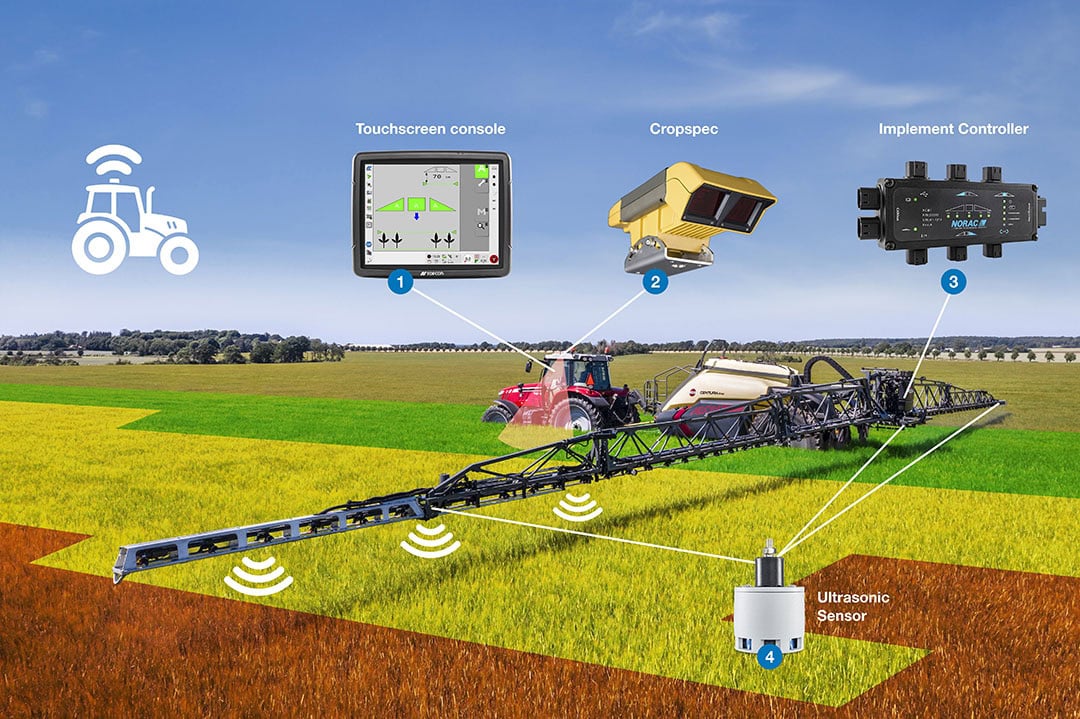Webinar: How data can help to make better decisions

Farmers are collecting a wealth of data. It might take time but eventually this is going to help them to make better decisions, two precision agriculture specialists explained during the Future Farming Webinar ‘From the virtual field to the real field’.
Pepijn van Oort, Growth Modeller of Wageningen Plant Research in the Netherlands, said that Digital Twins, a concept that uses information of both the real farm and the virtual farm, looks promising. It allows farmers to combine monitoring and forecasting.
“It is the way forward for making better use of sensor data”, he said. “It supports farmers in their decision making. We could use the sensor data in our monitoring and then use the monitoring to improve our forecast. But I have not seen a working Digital Twin yet in agriculture.”
Integration is lacking
A real integration of crop growth modelling and sensor data is still lacking in farming, Mr Van Oort said. “This is a big limitation. We cannot adjust our simulation with sensor data”, he emphasised. “In research and development, we see a number of crops growth models running online. There are many platforms and apps but most of them only work for a particular crop or a particular country. There is not one application that works for every crop in every country.”
Sensors part of the answer
Tim van der Leck, Regional Sales Manager NW Europe of Topcon, said that sensors are eventually going to be part of the answer. “Together with our decisions and the algorithms we can use. A future ‘decision agriculture’ will be also be based on data we collect in the field, for example from boom height control sensors or crop canopy sensors.”
According to Mr Van der Leck the use of data will eventually allow farmers to improve their efficient use of inputs, help to better manage their labour force, support their business for a better compliance to government regulations and assist in a more efficient and productive use of equipment and land.
Collecting data already starts at seeding and planting, Mr Van der Leck pointed out. “For example, with the seed drill, where we add a variable rate control (VRC) map. At the same time, we can take along a sensor to measure the soil temperature or moisture. And collect data that is important for the platforms online to determine what to do next.”
Text continues below image

Sprayers as data collectors
Topcon expects that sprayers will be very important data collectors in the future, Mr Van der Leck said. “With many sensors that can be attached to them. Because the sprayer is probably the implement that is most in the field throughout the season.”
Having the data will also add value to a plot
Mr Van der Leck said that farmers often already collect a huge amount of data. “Sometimes they might even be overwhelmed by it. But it is good to have it. Farmers can use it in yield maps for example. We can see how our actions during the season affect the yield. Having the data will also add value to a plot. Because you know what’s been happening there, what kind of soils you have and what the yields are. And you can benchmark a field against other fields.”
But sensors do not give all the answers, Mr Van Oort concluded. “In potato crops there is no easy way to see what’s happening with the potatoes in the ground. Having crop growth models shouldn’t prevent you from thinking. You are free to go into your field, dig out a few lines and see what’s happening. It’s good to know your own crop fields…”
Join 17,000+ subscribers
Subscribe to our newsletter to stay updated about all the need-to-know content in the agricultural sector, two times a week.



